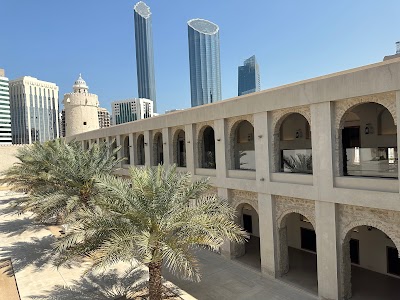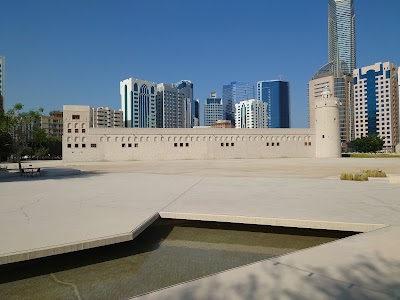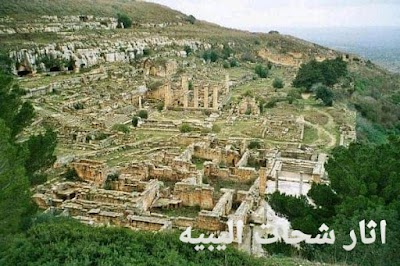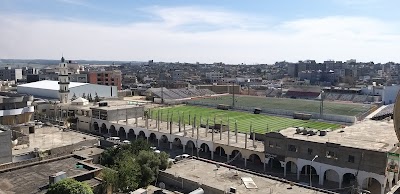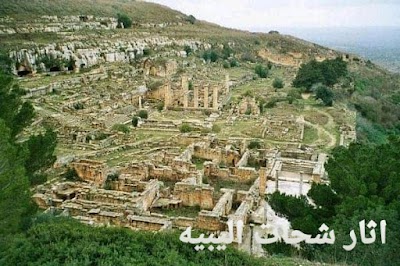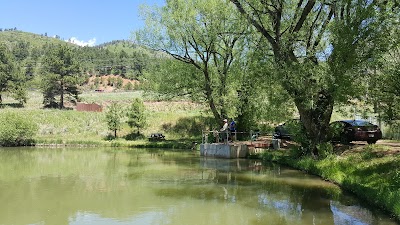Qasr al-Husn (قصر الحصن)
Related Places
Overview
Introduction to Qasr al-Husn
Nestled in the breathtaking landscape of Jabal al-Akhdar, Qasr al-Husn, or the "Castle of the Fortress," stands as a remarkable testament to Libya's rich history and cultural heritage. This historic site, with its imposing stone walls and intricate architecture, offers a unique glimpse into the country's past. For foreign travelers seeking to explore Libya's gems, Qasr al-Husn is an experience not to be missed.
As you approach the fortress, you'll be struck by its strategic location on a rocky outcrop, overlooking the lush greenery of the surrounding hills. The castle has served various purposes throughout its history, from a defensive fortification to a royal residence. Built in the 16th century, it reflects a blend of military ingenuity and architectural beauty that captivates all who visit. Its walls, adorned with traditional Libyan motifs, tell stories of resilience and power, inviting travelers to imagine the lives of those who once inhabited this majestic fortress.
The Architecture and Historical Significance
The architecture of Qasr al-Husn is a marvel in itself. The fortress showcases a combination of Ottoman and local design elements that highlight the artistic flair of the era. As you wander through its narrow corridors and expansive courtyards, you’ll notice the intricate decorative patterns and the use of local stone, which harmonizes with the natural surroundings.
Historically, Qasr al-Husn played a crucial role in the defense of the region during various conflicts. Its walls were constructed to withstand sieges, and it served as a refuge for local inhabitants during turbulent times. The site also holds significant cultural importance, as it has been a gathering place for tribal leaders and a center for political decision-making. Learning about its history adds depth to your visit, allowing you to appreciate the resilience and spirit of the Libyan people.
Visiting Qasr al-Husn
For travelers eager to experience Qasr al-Husn, the best time to visit is during the cooler months, from late autumn to early spring. The site is accessible by road, and guided tours are available, providing insightful commentary on the fortress's history and architecture. As you make your way through the fortress, don’t forget to take advantage of the panoramic vistas that the elevated position offers. The view from the battlements is nothing short of spectacular, with the rolling hills of Jabal al-Akhdar stretching out before you.
In addition to exploring the fortress itself, consider engaging with local guides and residents, who can offer personal stories and insights into the cultural significance of the site. Photography enthusiasts will also find plenty of opportunities to capture the stunning interplay of light and shadow on the fortress's stone walls, especially during the golden hours of sunrise and sunset.
Conclusion: A Must-See Landmark
Qasr al-Husn is more than just a historical site; it's a place where the past and present converge, offering a rich tapestry of experiences for those who venture here. Whether you are an avid history buff, an architecture enthusiast, or simply a curious traveler, the fortress promises to leave a lasting impression.
As you contemplate your journey through Libya, let Qasr al-Husn be a highlight of your exploration, embodying the spirit of a nation that has weathered the storms of time. Embrace the opportunity to discover its stories, marvel at its beauty, and connect with the enduring heritage of this remarkable country.


